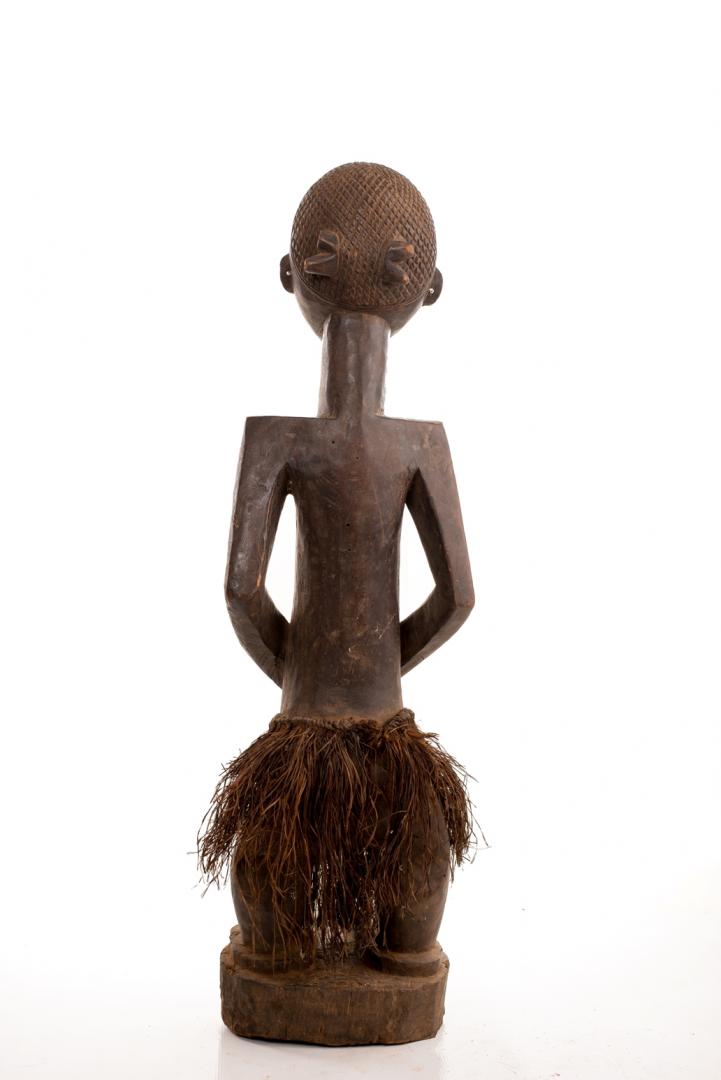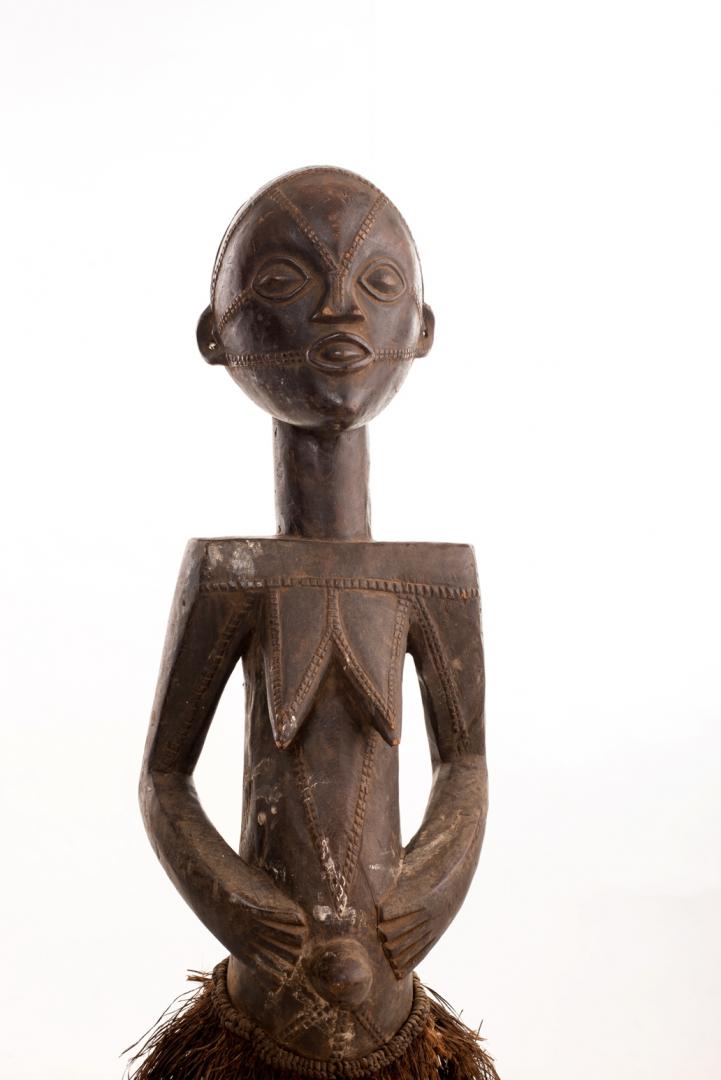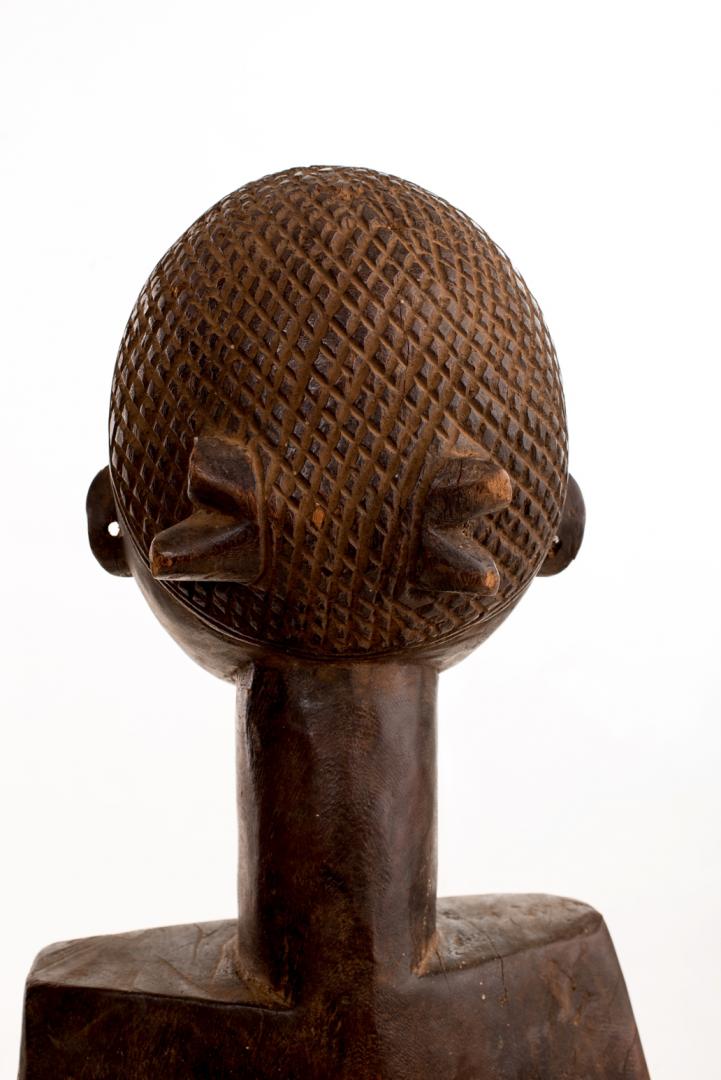
|

|

|

|
Tabwa occupy the west coast of Lake Tanganyika and some part of the northeastern Zambia. The verb "tabwa" means "to be tied up" and refers to when these people were taken as slaves. During the 19th century, the ivory trade brought wealth to the region and Tabwa people gained their independence.
They are led by chiefs-sorcerers who rule over village chiefs and family chiefs. Traditionally, Tabwa people made their living from fishing, hunting and blacksmithing. The Tabwa worshipped ancestors, whose statues were the property of the lineage chiefs and sorcerers; these carried “medications” in their ears or in small cavities at the top of their heads. The Tabwa also worshipped the spirits of nature, who lived in trees and rocks
The Tabwa carved wooden figures to represent ancestors, great shamanistic healers and earth spirits. Called mipasi or mikisi, such figures were kept by lineage elders in special buildings within their components, where the elders sometimes slept to receive ancestral inspiration in their dreams. The figures had powers to heal and protect. The mipasi might be placed near a sick person, or at the entrance to the village as a silent sentinel: they might be deployed in litigation/court, to ensure that a defendant told the truth, or placed near blacksmiths’ forges or on hunting shrines, to keep evil forces from disrupting the processes of work.
Approximate dimensions: 99 cm (H) x 28 cm (W) x 29 cm (D)
Weight: 7,9 kg
Price: please send us an inquiry and we will answer as soon as possible

